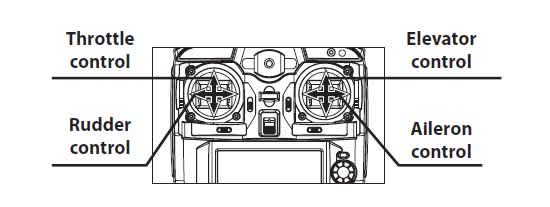
News
Published on 23 Oct 2012
James Willoughby
The BEST Beginners RC Helicopter
With out mentioning any brands of helicopters initially I think we first need to address this on a generic level as what the BEST rc helicopter should be. 1. 4 channels minimum. A proper helicopter will have full control in all directions ... Read More
With out mentioning any brands of helicopters initially I think we first need to address this on a generic level as what the BEST rc helicopter should be.
1. 4 channels minimum.
A proper helicopter will have full control in all directions. You can get less than 4 channels and these helicopters are seen everywhere in retail outlets and online and they will not train you for any type of flight knowledge. BUT they may give you a bug for flying, so hopefully after reading this you will be more informed to make a better decision.
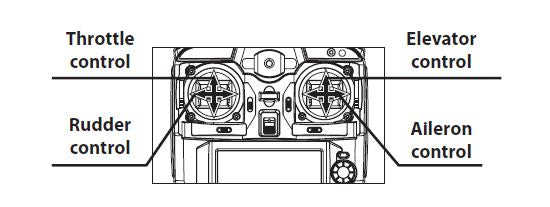
2. Great flight stability.
We have flown a lot of different helicopters and developed a real understanding of the beginner and what they need to gain a higher chance of success. Some things that enable that stable flight…. A. No slop swash plate mechanism.
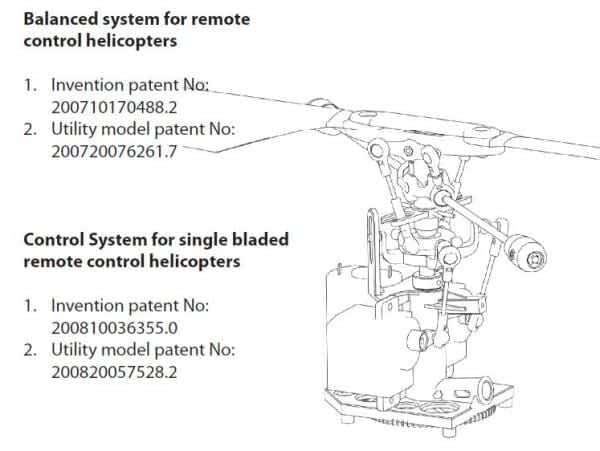
B. A great gyro. C. A 45 degree weighted fly bar helps a lot. D. Leave 6 channels for another day.
3. Good spares and upgrade support.
Any line Heliguy bring in we always make considerable investment in the spares along side and upgrades if available for each model. With cheaper model helicopters mentioned above they tend to have limited or no spares readily available for a quicker delivery and there is greater chance the models can not be disassembled to repair in the first place (a lot of the time you will see glue used).
Other considerations:
Where will I fly the helicopter?
If you are flying indoors you may have to consider size of model as you aren’t go to get away with flying a Trex 800 in your lounge! This is down to your judgement.
Which rc helicopters handle wind the best?
First thing I would say is as a beginner fly with little or no wind, this will mean waiting for a calm day or flying indoors. Going back to the original question I think it is best to turn it around and say which type of models do not handle wind well: These tend to be R/C Helicopters with large surface areas compounded by un-aerodynamic design, curved blades and ones that have a fixed pitch struggle with windy conditions. Therefore the opposite of these characteristics lie with a collective pitch helicopter with thin-straight blades and negative orientated pitch curve setup and high head speed (something I would advise against with a first purchase). An exception is a flat quad – these are really light but handle wind well, such as the Viper here. At Heliguy we have been trying to cover the path from beginners to intermediate and we think we have got most of the angles covered… The Firefly - 4 channel fixed pitch - 'No Slop' swash control - Indoor/outdoor mode (more servo throw) -45 degree flybar

The Atom -4 channel fixed pitch - Junior/senior mode -45 degree fly bar - perfect indoors for no damage flying (outside on windless days)
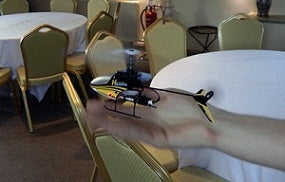
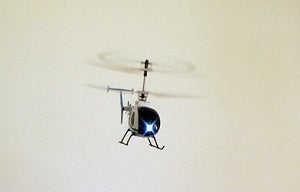
Keywords: Atom Helicopter
